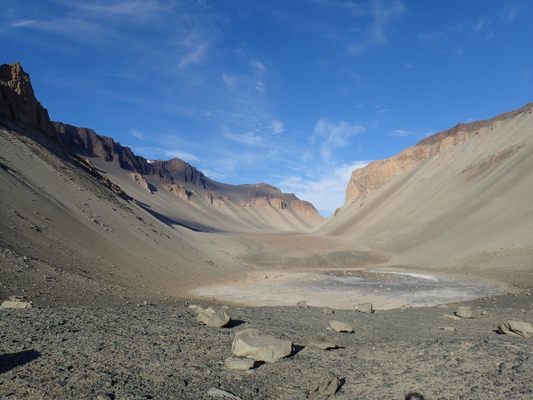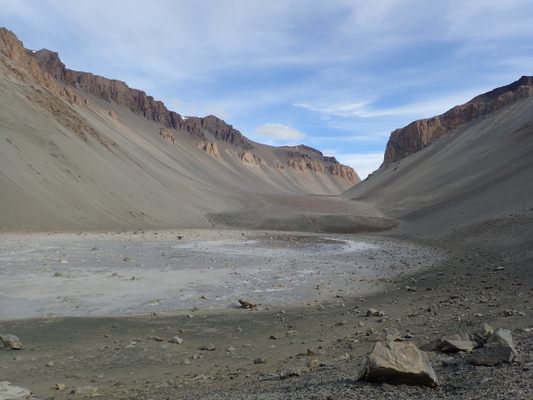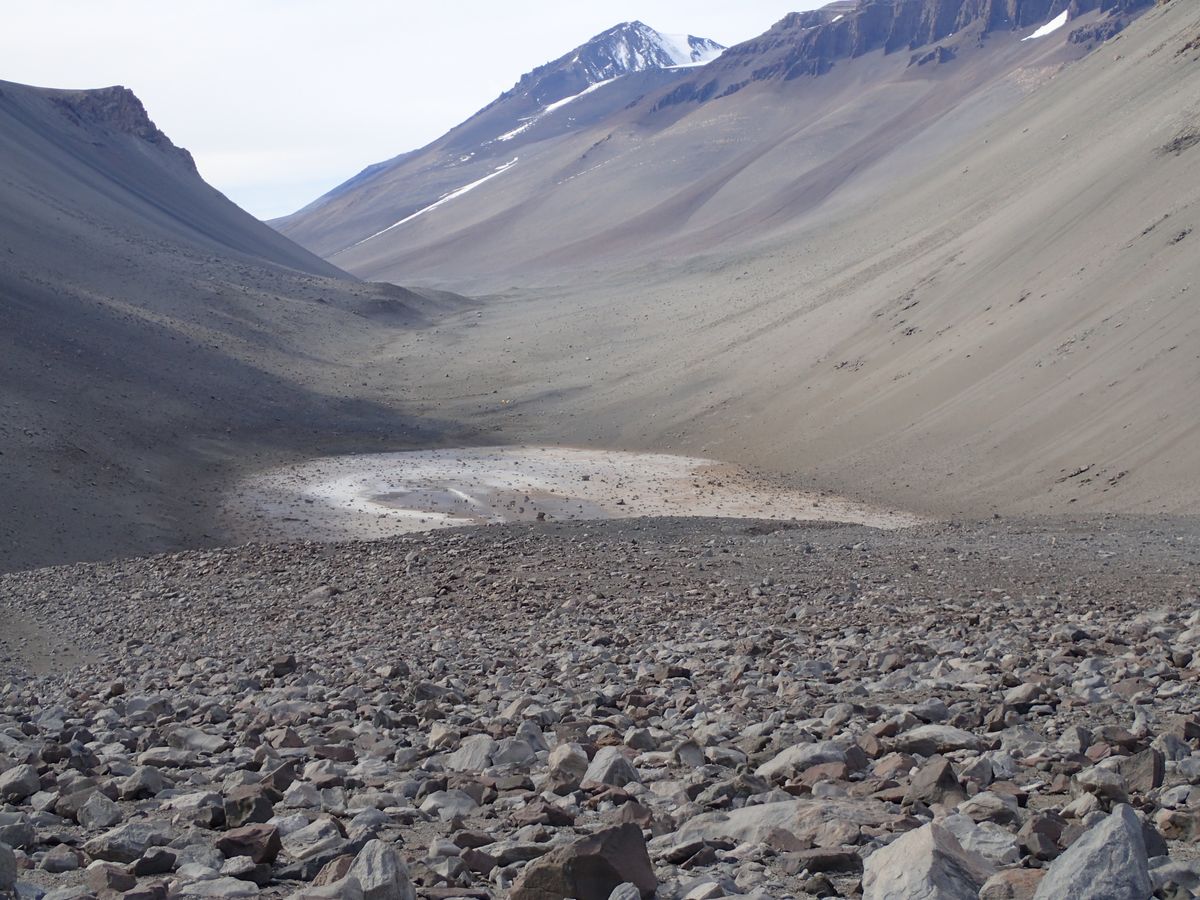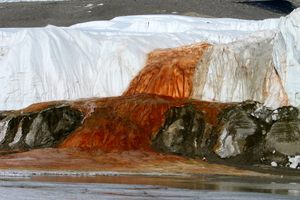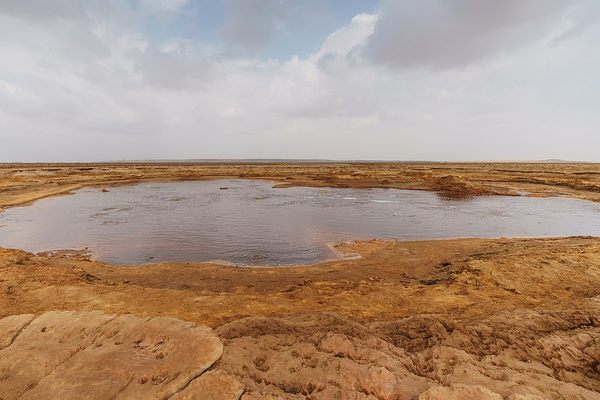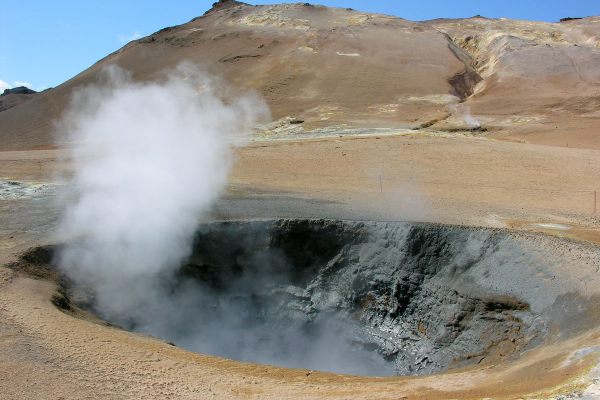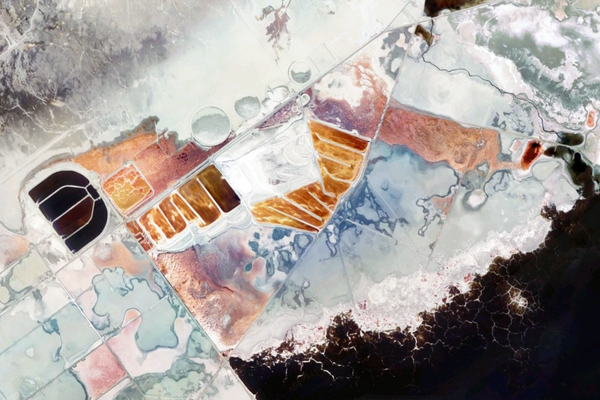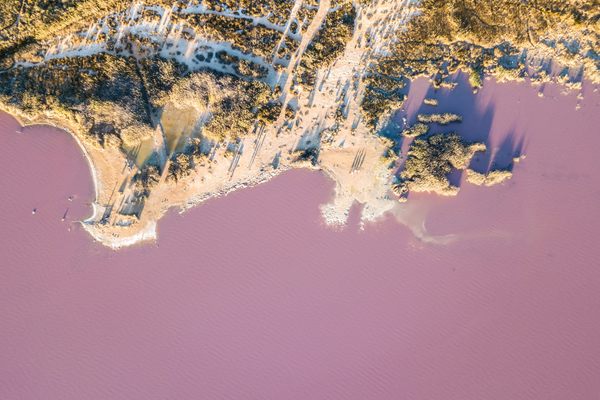About
One of the saltiest bodies of water on the planet lies atop one of the most alienesque corners of the Earth: the McMurdo Dry Valleys of Antarctica. Its salinity content of almost 40% puts the Dead Sea to shame.
At four inches deep, Don Juan Pond looks more akin to an oversized puddle of thick, briny liquid than a proper pond. The shallow water is so saturated with salt it remains liquid even when the temperatures plummet far below zero degrees.
Yet despite the fact it never freezes, you won’t find any aquatic critters popping in and out of the pond or its surrounding area. You will, however, likely find people.
Don Juan Pond has sent scientists, particularly astrobiologists, abuzz since it was discovered in 1961. Researchers use the martian-like landscape to study what may perhaps be humanity’s next frontier: Mars.
Antarctic scientists have proposed the dark stripes that streak the nearby cliffs came from some sort of downward flowing brine. As Mars boasts similar sets of recurring slope lineage, scientists use Don Juan Pond as a terrestrial base for studying water on the Red Planet.
Related Tags
Published
November 28, 2017
Sources
- http://www.amusingplanet.com/2014/09/don-juan-pond-saltiest-body-of-water-on.html
- http://www.washington.edu/news/2017/11/15/salt-pond-in-antarctica-one-of-saltiest-waters-on-earth-is-fed-from-beneath/
- https://www.mnn.com/earth-matters/wilderness-resources/photos/13-of-the-most-bizarre-lakes-in-the-world/don-juan-pond
- http://www.fondriest.com/news/the-worlds-saltiest-pond-don-juan-pond-in-antarctica-doesnt-freeze.htm
- https://news.brown.edu/articles/2013/02/antarctica
- https://en.wikipedia.org/wiki/Don_Juan_Pond
- https://www.nasa.gov/press-release/nasa-confirms-evidence-that-liquid-water-flows-on-today-s-mars
